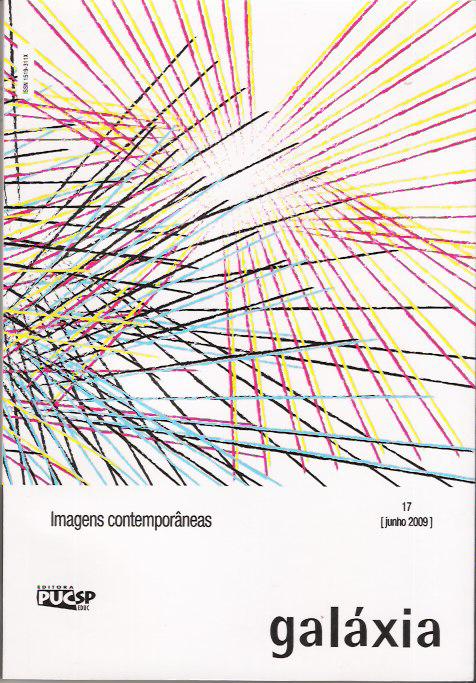City/invisibility and city/estrangement: São Paulo, before and after the “Clean City” law
Abstract
City/invisibility and city/estrangement: São Paulo, before and after the “Clean City” law — This paper reflects on the relation between street advertising and the urban context in the city of São Paulo (SP/Brazil) before and after the implementation of the “Clean City” law, and offers some suggestions about how these sign systems could dialogize. The methodological approach whereby the urban context and street advertising are seen as sign systems, according to the semiotics of Charles S. Peirce, involved the collection and analysis of data — photographic records of São Paulo (before and after the “Clean City” law), and the presentation of suggestions founded upon Lynch’s ideas about urban context; on Legorreta’s ideas about educating the eyes to see architecture; and on Baudrillard’s ideas about advertising, notably his concept of functionality. The relevance of this approach lies in the fact that the suggestions are relevant to multiple urban and cultural contexts, and because they consider that urban landscape studies are pertinent for communication professionals.Downloads
Published
2009-09-03
How to Cite
Drigo, M. O. (2009). City/invisibility and city/estrangement: São Paulo, before and after the “Clean City” law. Galaxia, (17). Retrieved from https://revistas.pucsp.br/index.php/galaxia/article/view/2097
Issue
Section
Dossiê | Dossier
License
I cede the copyrights to publication of my article to Galaxia journal and will consult the journal’s scientific editor should I decide to republish it later in a book.



 Este obra está licenciada com uma Licença
Este obra está licenciada com uma Licença 